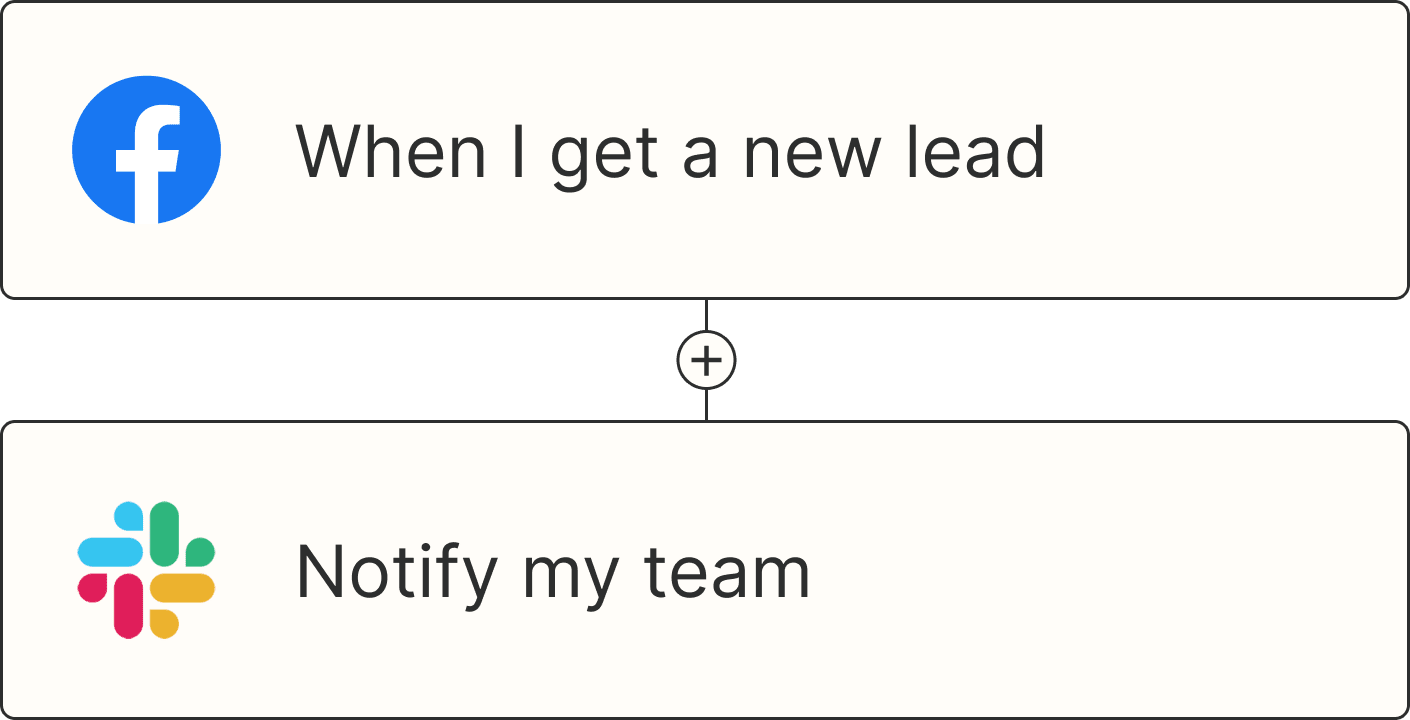As companies grow, so does the complexity of supporting employees. A quick Slack message might work for small teams, but at scale, scattered support systems create confusion, delays, and frustration. That’s exactly what Elyssa Lakin saw when she joined Alma, a remote mission-driven mental health startup.
Elyssa, who speaks highly of her journey finding a therapist through Alma before becoming an employee, was inspired to mirror that human-first experience internally upon joining the People & Culture (P&C) team. However, she quickly found that getting help from P&C was more frustrating than freeing.
“There was no real help desk,” Elyssa Lakin, Manager of People Systems, Operations, & Automation, said. “Employees would email a team alias or Slack someone directly and hope for a reply. There were no SLAs, no tracking, no visibility. We couldn’t set expectations, identify trends, or even confirm that requests were being seen.”
Alma simplifies access to high-quality, affordable mental health care by supporting a network of over 24,000 therapists across all 50 states. As the company scaled to over 500 employees, the lack of a formalized internal support system for staff was no longer sustainable.
So Elyssa set out to build a P&C help desk from the ground up, automating the entire backend.
Alma’s results, by the numbers
45% reduction in tickets via self-service guidance
180+ Zapier automations powering workflows behind the scenes
$50,000 saved by not purchasing third-party help desk software
4.9/5 satisfaction with help desk experience from employees
Automating a custom help desk from scratch
When Elyssa stepped into her new role at Alma, one thing was immediately clear: the P&C team’s support model wasn’t keeping up with the company’s growth. Team members were fielding questions over Slack, responding to emails from a shared alias, and juggling one-off requests with no real way to track what was getting answered, or what was falling through the cracks.
"We had zero visibility into the types of requests we were getting or how long it was taking us to respond," Elyssa said. "It made it really hard to improve the employee experience or plan for our team’s capacity."
Determined to fix it, Elyssa set out to build Alma’s first-ever help desk. She chose Asana as the front-end platform—everyone at Alma was already using it—but knew she’d need more than basic rules and forms to make it work. So she turned to Zapier to power the entire backend.
With more than 180 automations running behind the scenes, she transformed a once-scattered system into a streamlined, scalable experience routing tickets, setting due dates, and tracking performance in real time.
Here’s how the workflow works:
When someone submits a request through the Asana form, Zapier triggers a series of automations. It routes the ticket to the right person, assigns backup collaborators, and sets due dates based on Alma’s business calendar and custom SLAs.
If someone is out of office, Zapier adds a backup as a follower on the ticket so the request doesn’t fall through the cracks.
Each ticket is routed to a private, team-specific dashboard showing only the relevant tickets and custom fields. Managers can instantly assess their team’s workload, top request types, and SLA performance.
“Zapier does everything Asana can’t. I’ve got 180+ active automations just for this help desk, everything from setting due dates that avoid weekends and holidays to managing backup assignments when someone is out," said Elyssa.
The result? A highly personalized support system that saves time and improves visibility without requiring Alma to buy a separate help desk tool, which could cost upwards of $50,000.
Reducing support workload by 45% with self-service
One of the most powerful parts of Alma’s new system is that not every request turns into a ticket, and that’s a good thing.
“If we can help someone without them needing to create a ticket, that’s a win,” Elyssa said.
Here’s how it works:
When someone begins to submit a request, their request path leads to a relevant internal knowledge base article (via Alma’s Guru integration) or routes them to the correct team if P&C isn’t the right destination. This is all handled within Asana's functionality.
Only if the request requires direct help does it result in a task created in Asana. That’s where Zapier comes in—as soon as the task (ticket) is created, Zapier transforms Asana Forms into a ticketing system.
This shift to guided self-service has drastically reduced the team’s workload. “We’ve achieved a 45% self-service rate,” Elyssa said. “That means almost half of our requests no longer require a human to handle them, freeing up massive time for our team.”
Next, Elyssa is exploring utilizing Zapier Agents and Chatbots to further expand on self-service capabilities, ideally for policy questions and other Tier 1 level support streams.
Capturing sentiment and performance with built-in feedback
Once support became trackable, Alma could finally measure and improve it.
Zaps send a feedback survey after every interaction, whether or not the employee submits a formal request. In the first six months after launching the help desk, these are the results:
Ease of use: 4.9/5
Response time satisfaction: 5.0/5
Time to resolution satisfaction: 4.9/5
“These scores are only possible because employees now know what to expect,” Elyssa said. “They know when they’ll get a response, who’s assigned, and when it’ll be resolved. Not to mention the top tier service provided by our people team, who now receives the specific information they need to assist, and a lot less noise to sort through.”
Building smarter systems that scale
Elyssa didn’t just save her team time, she gave them clarity and control. The new help desk makes it easier to train new hires, identify trends, and manage workloads in real time. And by customizing dashboards and workflows by team, it balances visibility with compliance.
“When you submit a ticket now, you’re getting to the right person at the right time with the right information. That’s all thanks to Zapier,” Elyssa said.
Karel vanBeekom, Director of IT, adds in: "Using Zapier to automate both the IT and HR Help Desks has helped us set clear expectations and processes where our teams share responsibility, like managing the employee lifecycle or triaging incoming business requests. It’s built more trust between our teams and employees, while also creating faster, more complete resolutions."
As Alma continues to grow, Elyssa is already exploring how to expand automation into other areas of the P&C team—and how AI tools like Zapier Canvas, Agents, and Chatbots might make future workflows even more powerful.
“Zapier’s UI just makes sense,” Elyssa said. “It’s visual, easy to use, and powerful enough to run something as complex as our help desk.”
About Alma
Company size: 500+
Industry: Mental Healthcare Technology
Location: US Remote with HQ in Brooklyn, NY










